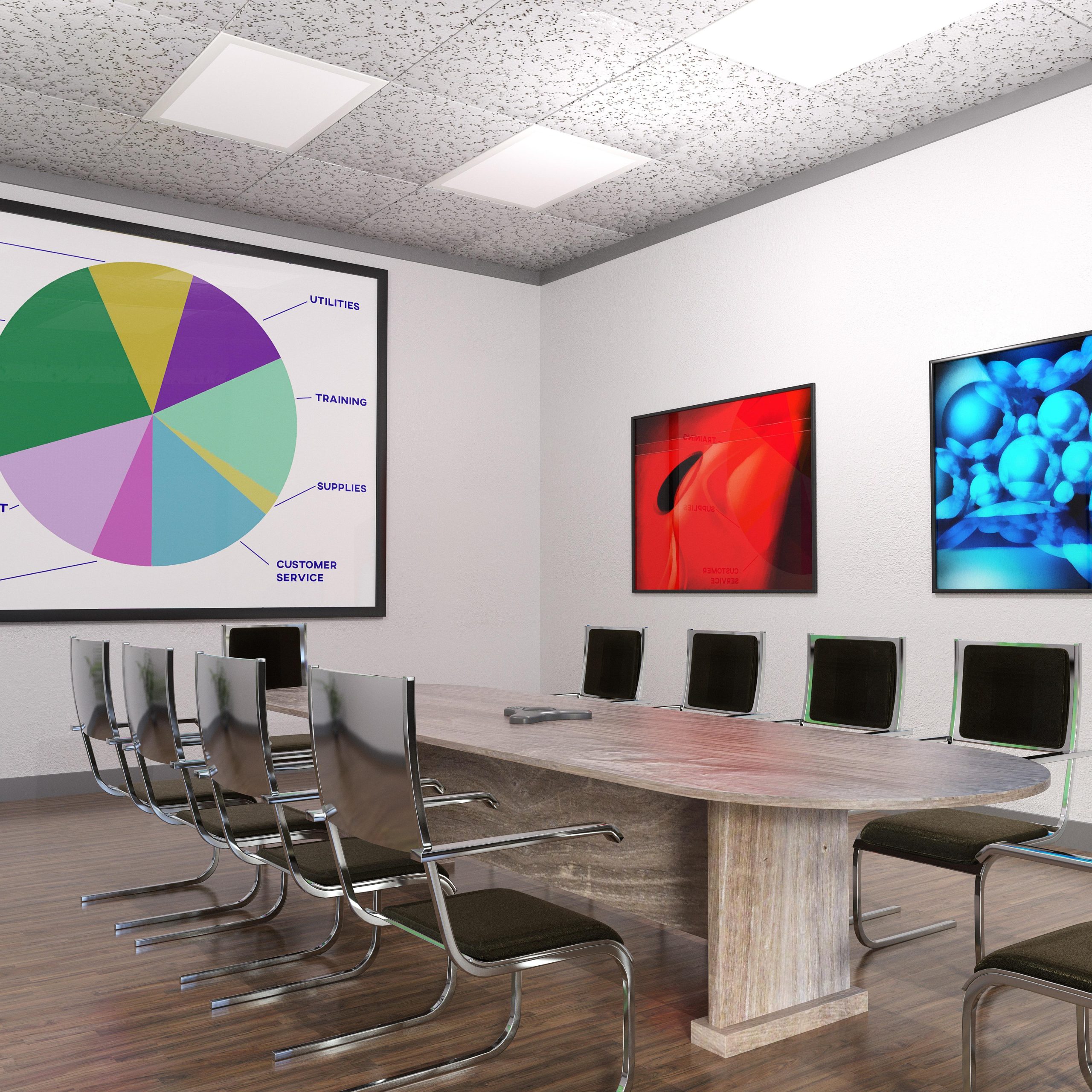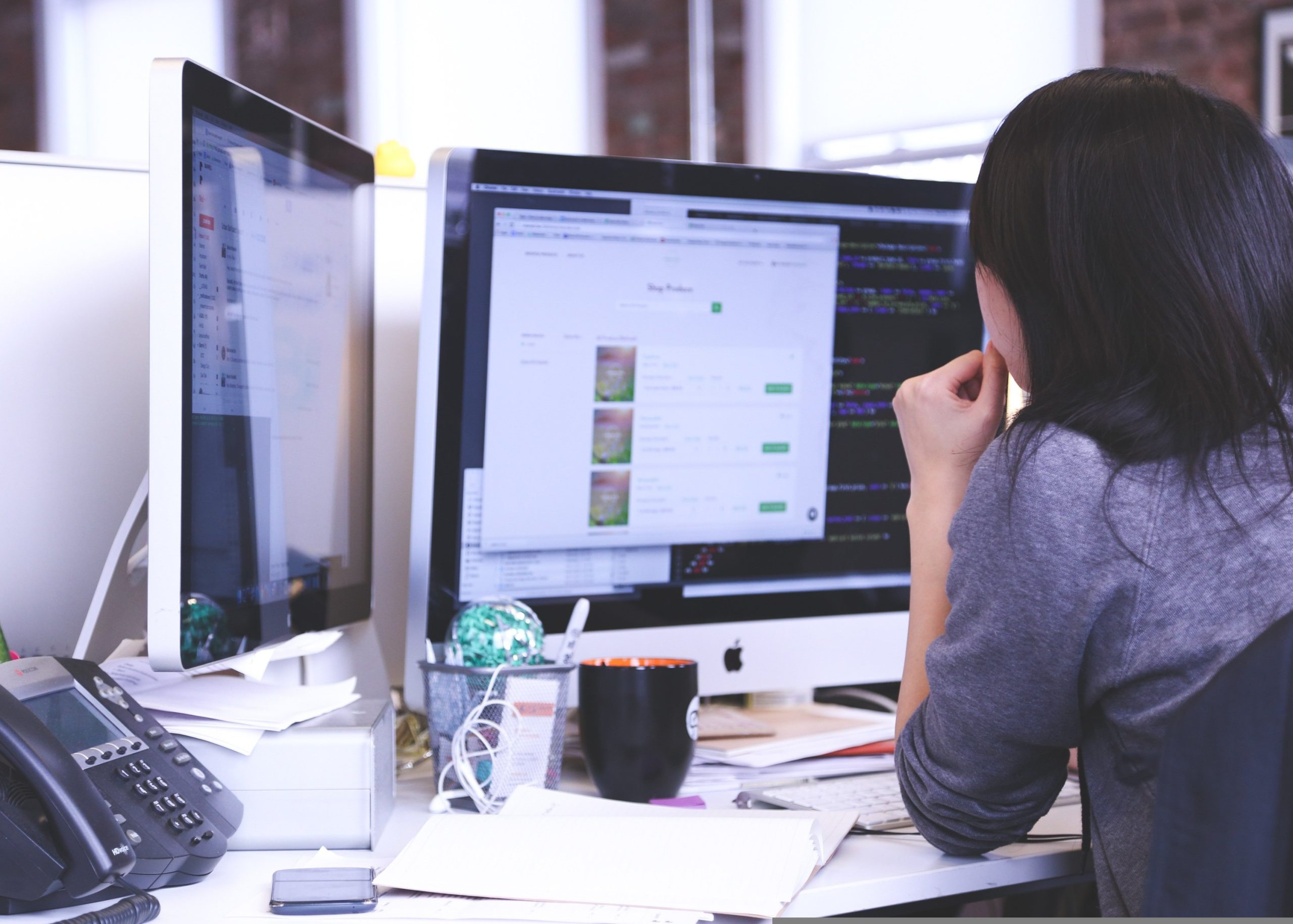In today’s digital world, social media is not just a place for adults to connect—it has become an everyday part of life for children and teenagers as well. Platforms like TikTok, Instagram, and Snapchat are filled with young users who spend hours scrolling, posting, and interacting with friends.
But here’s the big question: how much social media is too much for kids and teens? While these platforms can be entertaining and even educational, overuse comes with serious risks. Finding the right balance between online engagement and offline life has become one of the biggest challenges for parents, teachers, and even young people themselves.
In this article, we’ll explore the pros and cons of social media for children and teens, the warning signs of overuse, and practical strategies to ensure that online activity stays healthy and balanced.

The Appeal of Social Media for Children and Teens
Before we talk about the risks, it’s important to understand why young people are so drawn to social media in the first place.
- Connection with friends: For kids and teens, social media is an easy way to stay in touch with classmates, friends, and even relatives.
- Entertainment: Short-form videos, memes, and trends make platforms like TikTok and Instagram fun and addictive.
- Self-expression: Posting photos, sharing thoughts, or making creative content gives teens a sense of identity and voice.
- Belonging: In a stage of life where fitting in is everything, social media creates a sense of community.
So, it’s no surprise that many children and teens spend several hours a day online. But when does this shift from being harmless fun to becoming a problem?
How Much Social Media Is Too Much?
Experts often recommend that children and teens spend no more than 1–2 hours per day on recreational screen time. However, studies show that many young users easily exceed this limit.
For example:
- A recent survey found that teens spend an average of 3–5 hours daily on social media.
- Some report being online for 7–9 hours a day, especially during weekends or school breaks.
So, what’s the cutoff point? The answer is not the same for everyone. A child who spends two hours making creative content may be using the platform positively, while another who spends the same time doomscrolling negative content may experience harmful effects.
The key isn’t just about the number of hours, but also how the time is spent and how it impacts mental, emotional, and physical health.
The Risks of Too Much Social Media
Overuse of social media by children and teens can lead to several issues:
1. Mental Health Concerns
- Increased anxiety and depression from constant comparison with others.
- Fear of missing out (FOMO), which can lead to unhealthy attachment.
- Cyberbullying, which has long-term emotional consequences.
2. Disrupted Sleep Patterns
- Many kids use their phones late at night, reducing sleep quality.
- Blue light from screens interferes with melatonin production, making it harder to fall asleep.
3. Academic Performance
- Spending hours online leaves less time for homework and study.
- Constant notifications reduce focus and attention span.
4. Physical Health
- Too much screen time leads to a sedentary lifestyle.
- Eye strain, headaches, and poor posture are becoming common among young people.
5. Exposure to Inappropriate Content
- Social media can expose kids to harmful trends, misinformation, or mature content that they’re not ready to handle.
Signs That Your Child May Be Using Social Media Too Much
Parents and guardians should watch out for these warning signs:
- Decline in school grades or loss of interest in studies.
- Irritability or mood swings when not online.
- Neglecting real-life friendships and activities.
- Staying up late just to scroll or post.
- Secrecy about online behavior or hiding their screens.
If several of these signs are present, it might be time to intervene.
The Positive Side of Social Media
It’s not all bad news. Social media, when used wisely, offers benefits too:
- Learning opportunities: Educational accounts and videos can help children explore new ideas.
- Skill development: Many teens learn video editing, photography, or communication skills.
- Support networks: Online communities can provide encouragement and inspiration, especially for teens who feel isolated.
- Creative expression: Platforms give young people the chance to showcase their talents and creativity.
The goal, therefore, is not to ban social media but to encourage healthy and mindful use.
Practical Tips for Healthy Social Media Use
Here are some strategies for parents and teens to keep usage in check:
- Set clear boundaries: Limit daily screen time and stick to it.
- Encourage offline hobbies: Sports, music, reading, or outdoor play can balance digital life.
- No phones at bedtime: Create a “phone-free zone” at night to improve sleep.
- Lead by example: Parents should model healthy tech habits.
- Open communication: Talk to kids about what they see online and how it makes them feel.
- Privacy settings: Teach children to keep accounts private and avoid oversharing.
- Take breaks: Encourage social media detox days to reset habits.
Finding the Balance
Ultimately, the goal is not to eliminate social media from children’s lives but to make sure it doesn’t take over. Social media should be a tool for connection, creativity, and learning—not a source of stress or harm.
By combining boundaries, education, and communication, parents can guide kids and teens toward healthy online habits. And young people themselves can learn to recognize when it’s time to log off and reconnect with the offline world.




